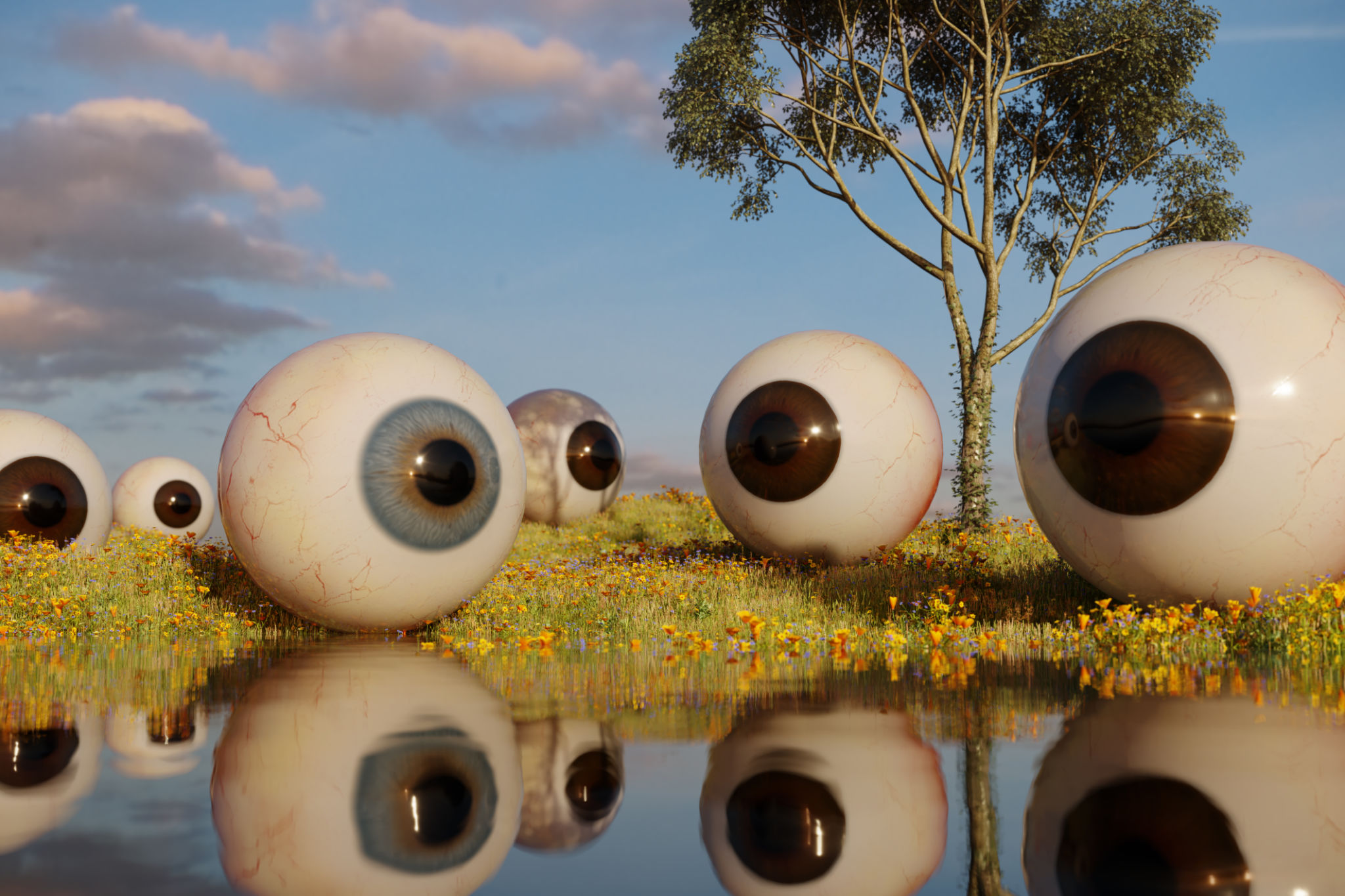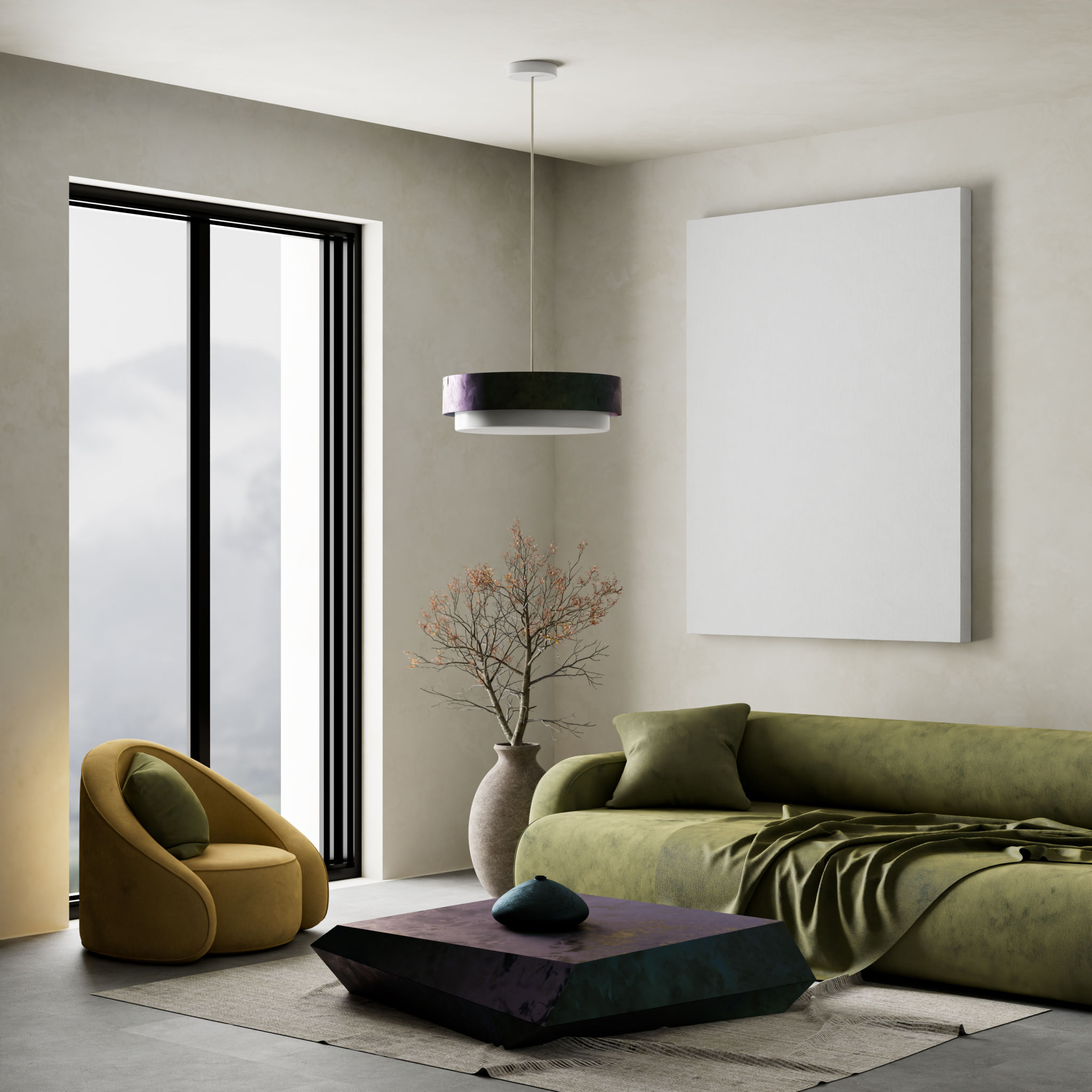The Importance of Combining Technology and Art in Modern Manufacturing
Integrating Creativity with Innovation
In today's rapidly evolving industrial landscape, the fusion of technology and art has become a cornerstone of modern manufacturing. This integration not only elevates the functionality of products but also enhances their aesthetic appeal. By blending creativity with cutting-edge innovation, manufacturers can produce items that are both efficient and visually captivating.
The synergy between these two fields allows companies to differentiate themselves in a competitive market. By employing artistic elements in design processes, manufacturers can create unique products that resonate with consumers on an emotional level. This connection fosters brand loyalty and encourages repeat business.

The Role of Technology in Enhancing Artistic Expression
Technology has transformed the way artists and designers conceptualize and execute their ideas. Advanced tools such as 3D printing, computer-aided design (CAD) software, and virtual reality (VR) enable creators to explore new dimensions of artistic expression. These technologies offer unprecedented precision and versatility, allowing for more intricate and personalized designs.
Moreover, automation and artificial intelligence (AI) facilitate the mass production of complex designs that were once impossible to achieve manually. This not only reduces production time but also ensures consistent quality across large quantities. As a result, manufacturers can meet the growing demand for personalized and customized products.

Artistic Influence on Product Development
The incorporation of art into manufacturing processes extends beyond aesthetics; it influences product development at its core. Designers often draw inspiration from artistic movements and cultural trends, which can lead to innovative approaches in product functionality and user experience.
For instance, the minimalist design trend, inspired by modern art, emphasizes simplicity and practicality. This approach can lead to products that are both user-friendly and efficient, reducing waste and enhancing sustainability. Such innovations align with the global push towards eco-friendly practices in manufacturing.

Case Studies: Success Stories
Numerous companies have successfully merged technology and art to create groundbreaking products. One notable example is the automotive industry, where manufacturers use advanced materials and artistic design principles to produce sleek, aerodynamic vehicles that prioritize performance without compromising on style.
Similarly, in the realm of consumer electronics, companies like smartphone manufacturers have harnessed the power of technology and art to craft devices that boast both cutting-edge features and elegant designs. These products not only meet consumer demands for high functionality but also serve as status symbols due to their aesthetic appeal.
The Future of Manufacturing
As we look to the future, the importance of combining technology and art in manufacturing will only continue to grow. Innovations such as smart materials, which can change properties based on environmental conditions, are set to revolutionize the industry further. The potential for new artistic expressions through these technologies is immense.
Manufacturers who embrace this integration are likely to lead the way in developing products that meet the evolving needs of consumers while also standing out in a crowded marketplace. By fostering a culture of creativity and innovation, they can ensure their place at the forefront of modern manufacturing.